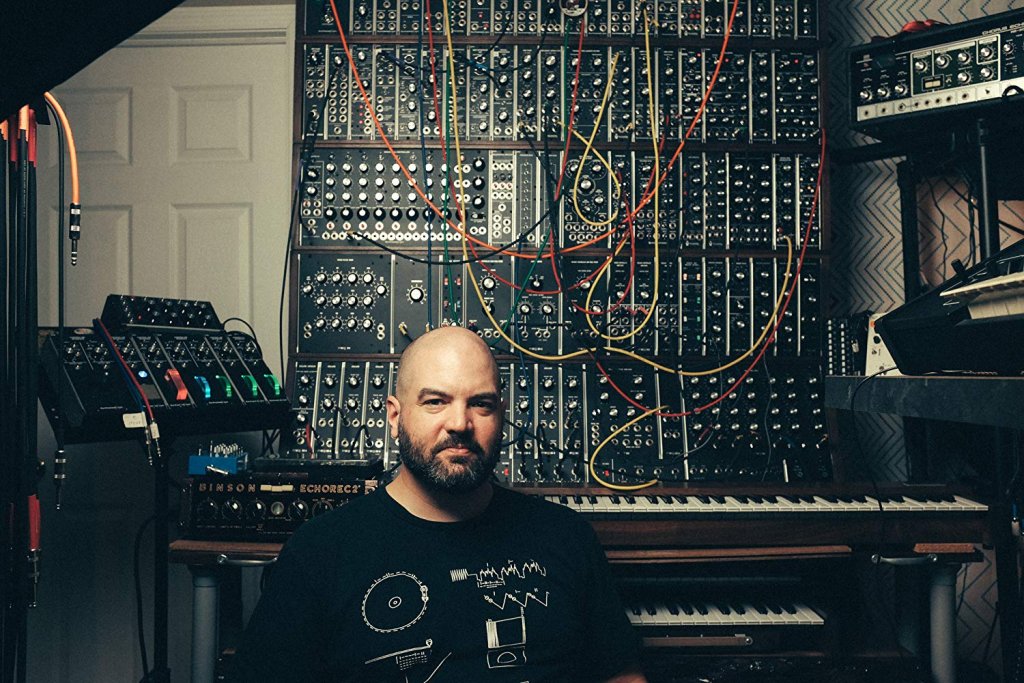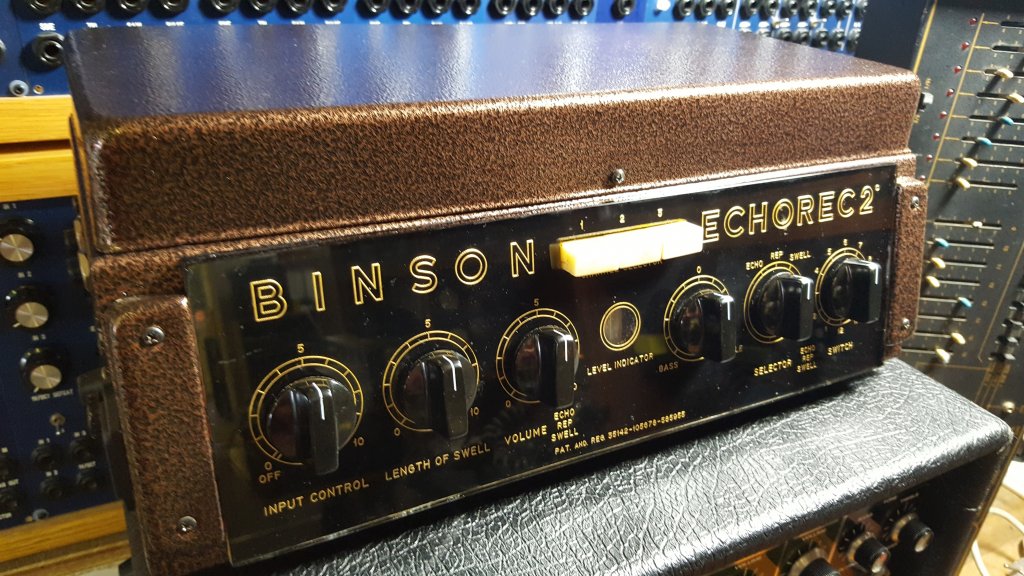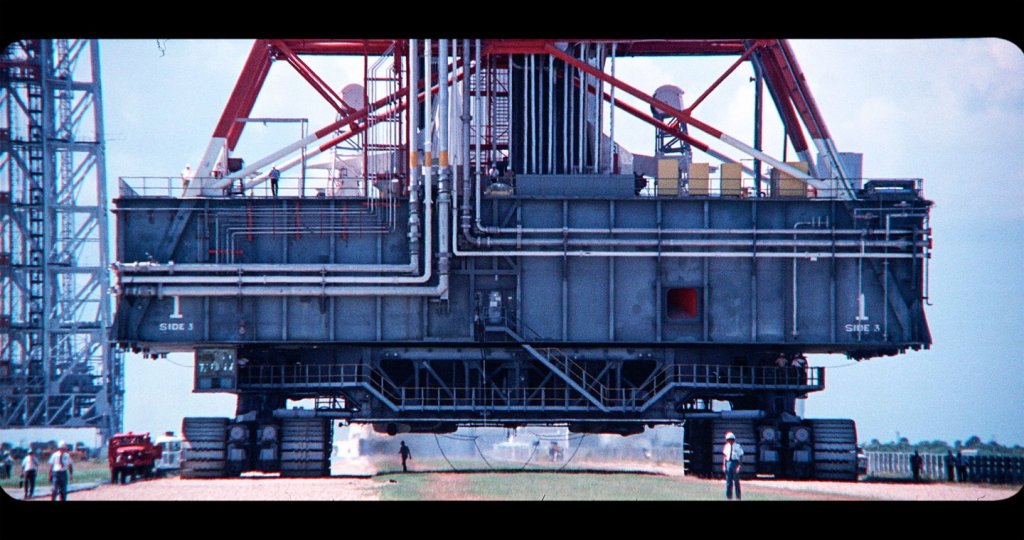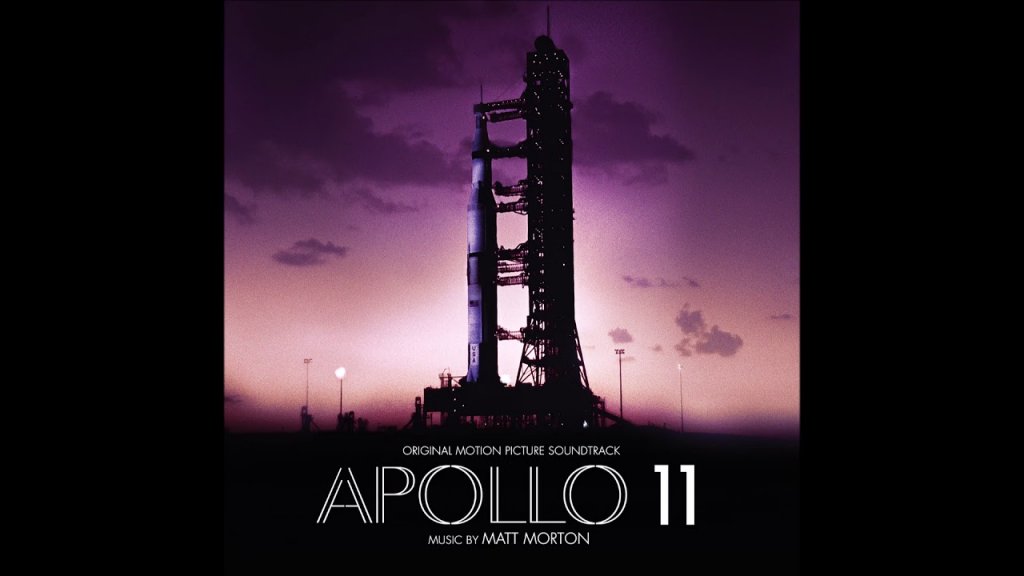Electronic Music
Echoes in Space – Matt Morton, the Apollo 11 Soundtrack & a Binson Echorec

WRITTEN BY: Tony Miln
UPLOADED: 4th Jun 2019

On Friday night Jo and I were invited to attend the UK premiere of the new Apollo 11 film at Picturehouse Central as part of Sundance London by our good friend Matt Morton. Matt is responsible for scoring the film, having previously worked with director Todd Douglas Miller on Dinosaur 13.
Having previously scored the soundtrack to their short film about Apollo 17 using modern synths and effects, Matt felt that this approach might not be appropriate for the Apollo 11 film, which consists entirely of period footage and recordings: there is no new narration or talking head interviews. His vision for the soundtrack was for it to marry authentically with the existing archive recordings. He therefore embarked on a mission to compose using only instruments available in 1969, which gave him a neat excuse to buy a Moog IIIc modular synth in the process. The Moog (number 19 of the 25 meticulously recreated reissues), partnered with one of our restored Binson Echorecs (the first one to feature our wet-only modification at Matt’s request), formed the main sound palette for his powerful and moving score with additional drum sounds courtesy of an Ace Tone FR-1 and Maestro Rhythm King MRK-1.

(Photo credit: Kate Sweeney)
— “You know, everyone always wants to talk about the big Moog IIIc I used, and it was definitely a huge part of the sound of the score. But my Soundgas Binson Echorec 2 T7E with varispeed and wet-only out was the secret weapon. I literally used it on every cue once I got it, and its sound added some mojo that is hard to describe - it was just so inspiring. It was usually panned opposite the Moog and set to an eighth or sixteenth note time interval. It made up half of the synth sound that you hear.”
This video really shows the combined power of these two together:
And here’s a fun fact: the Binson that went to Matt already had a space connection as we’d dubbed it “Darth Binson” after we had the casing powder-coated a deep bronze colour. Below is a shot taken by us, and you can see the original listing and demo here.

The film is a triumph: what director Todd Douglas Miller and the team have achieved is not only a towering work of immense historical importance, but also a riveting and emotional rollercoaster journey. This was completely unexpected as we all know the story well, or at least think we do. There is no surprise ending: the quotations, images and sounds of the Apollo 11 mission are seared into our consciousness. Yet I found this film is as gripping and compelling as any film about space that has gone before.
The backstory behind the film is almost as dramatic as the NASA mission itself. It was necessary to design new cinescanning hardware and software to incorporate all the various footage source types. This in itself was a nail-biting process that went at times right down to the wire as temperature-controlled vans delivered and collected the precious NASA reels on schedule. The National Archives’ uncatalogued 165 Panavison reels of Apollo mission footage were found to contain 61 reels relating to Apollo 11. All footage was without audio as it had been felt at the time that separate narration would be added; Nasa communication channels were recorded separately on a special 30 track recorder in Houston, Texas and amounted to 11,000 hours of undocumented audio.
The epic job of piecing together audio and video went to archivist, Sheffield-based Steven Slater, who has the largest collection of Apollo video and audio recording outside NASA. His mission was to explore this uncharted expanse of material and match comms recordings to the original footage, breathing new life into the historic stock and giving voice to behind-the-scenes protagonists for the very first time on film. I asked him how he achieved such a Herculean task and with a wry smile he quietly replied that it involved “a lot of late nights and no social life.” The result is astonishing: as these events we think we know so well unfold, we witness the humanity and the humour behind the scenes. This Guardian Science article delves deeper into his approach.

From the opening scenes of the enormous caterpillar crawler ponderously delivering Saturn V to the launch tower at Cape Kennedy, one is transfixed at the scale and grandeur of this drama (the engineers walking alongside indicate the scarcely-credible vastness of the rocket and transporter). Unhindered by narration or an excessive score, events are allowed to develop and breathe at a natural pace. The story unfolds steadily and compellingly, and with a sense of space so seldom found in today’s low-attention, fast-cut film-making. The real-time feel of Apollo 11 amplifies the edge-of-your-seat uncertainty: the sudden announcement of a last minute pre-launch leak in a hydrogen fuelling valve came as a shock and I found myself willing the urgent actions of the engineers dispatched to tighten the nuts lest the mission be aborted. The film is perfectly-paced throughout, from such moments of high drama, to the sense of long days spent on the outward and return journeys, and in the 18 days quarantine on the astronauts’ return.
Knowing the film featured only original audio recordings, I’d expected music non-stop, but again director Todd Douglas Miller and composer Matt Morton have maintained a spacious, less-is-more, approach. As a result, the score has greater impact, and the film breathes throughout. Hearing the epic Moog and echoes of Binson Echorec on the cinema system was a real thrill: this is a truly great soundtrack that is perfectly-judged and effortlessly steers clear of cosmic cliches. On several cues you hear the Binson being driven into self-oscillation, especially during “Translunar Injection” and “Lunar Orbit Insertion” when they were firing the engines. There is a sense of hearing something new and yet also very much of its intended era: Matt has succeeded in his mission to create a thrilling contemporaneous score for Apollo 11’s historic voyage.
Jo and I were honoured to be invited to attend the premiere and very proud at the small part the Soundgas team played in the creation of the soundtrack. It was a pleasure to meet and hang out with the incredible team behind this astonishing and historic movie and to hear tales of its inception and creation. The epic scope of their endeavour is breathtaking, and the film eclipses all that have gone before: they have created the ultimate historic document of this pinnacle event in mankind’s history. If, like me, you think there is nothing new to be said about Apollo 11 and the story of man setting foot on the Moon, this film will astound and delight you. Highly-recommended.
Find out more about Apollo 11 including upcoming screenings (see it at an iMax if you can!).

Matt Morton’s score is available digitally and also on vinyl.
Matt, his music, and plenty of the Moog and the Binson can be found on his instagram.
Main cover photo credit: Sarah Achor.
Tony Miln is the co-founder (& Head Gear Head) of Soundgas. See/hear him in action on Instagram.

